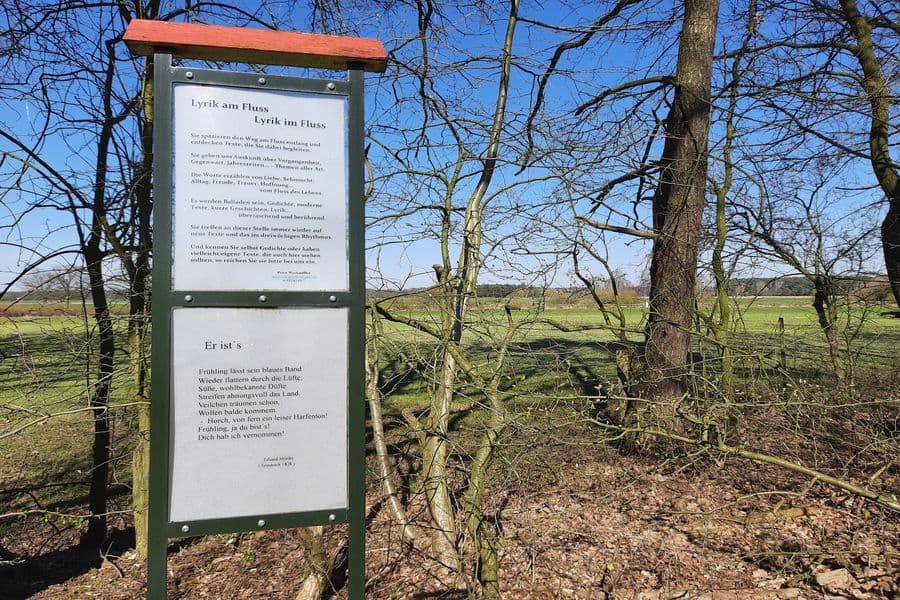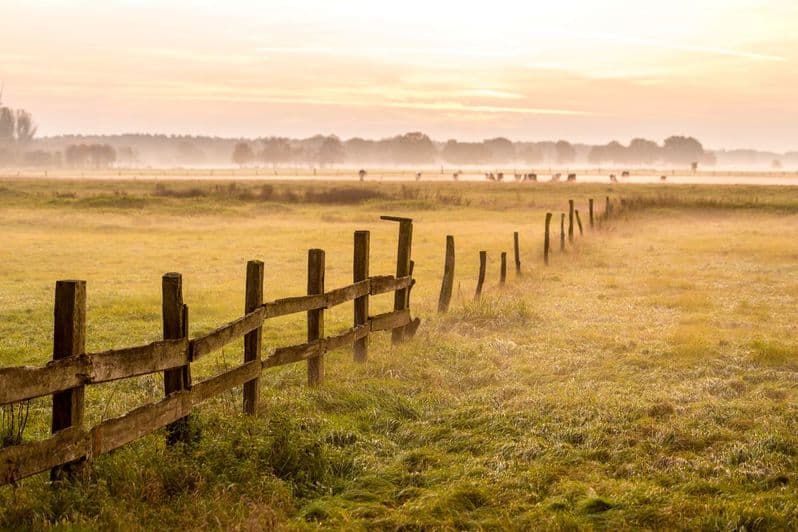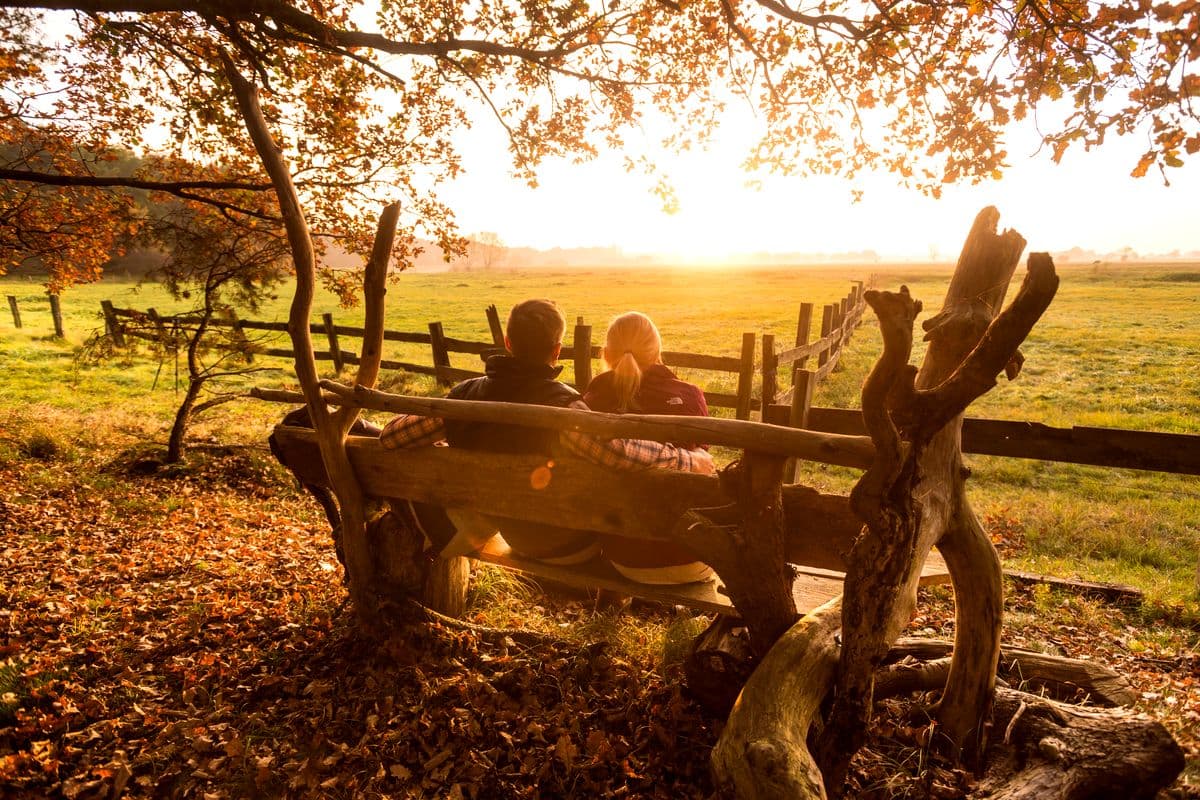
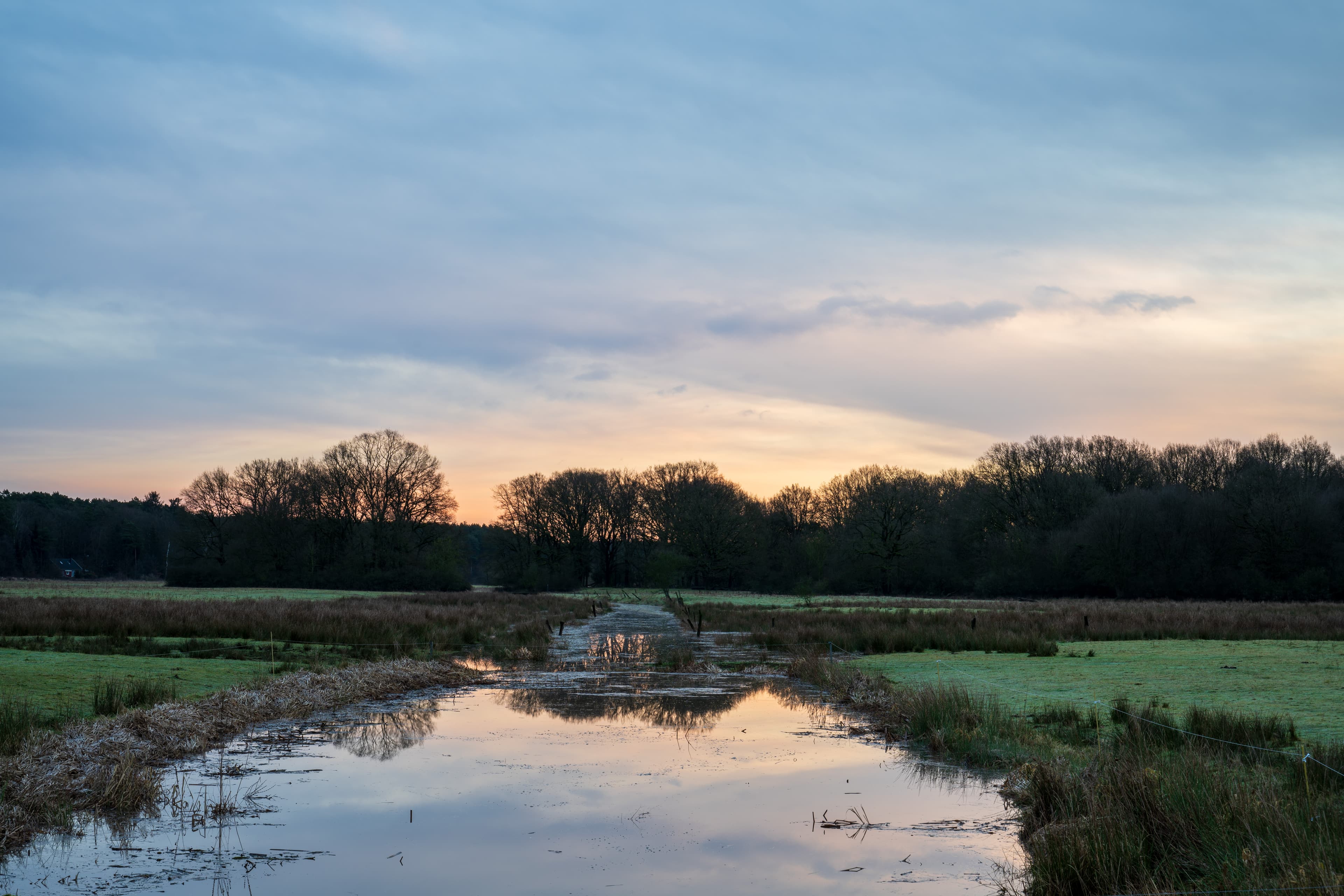
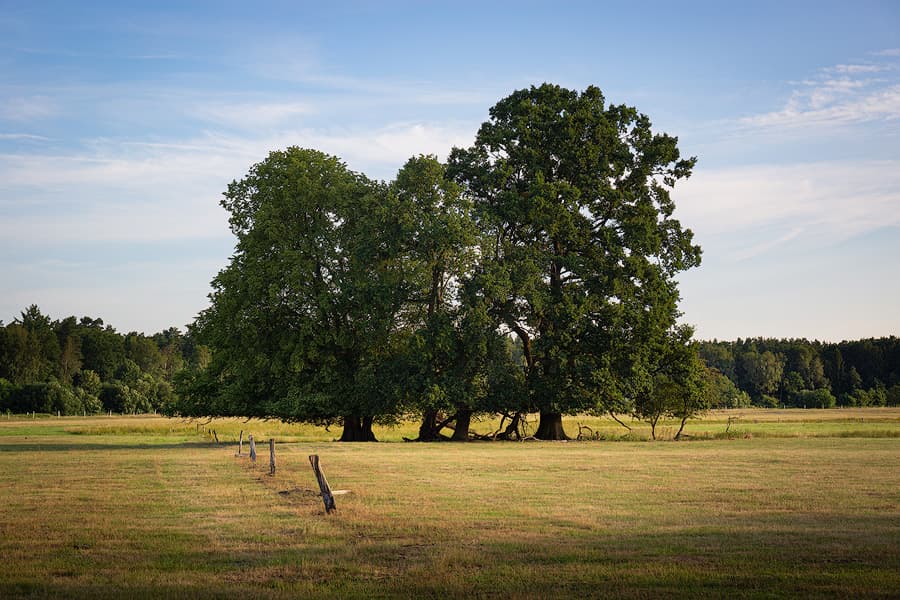
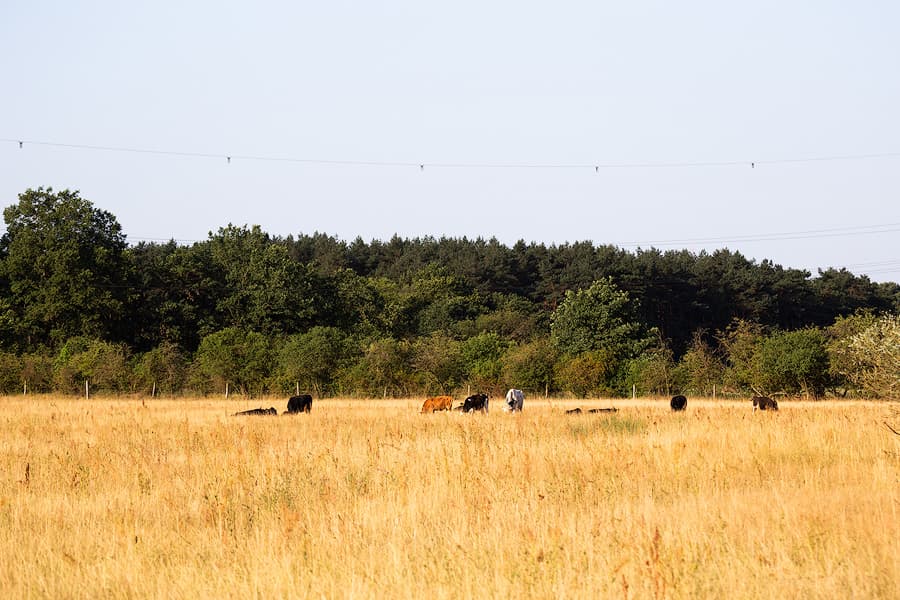
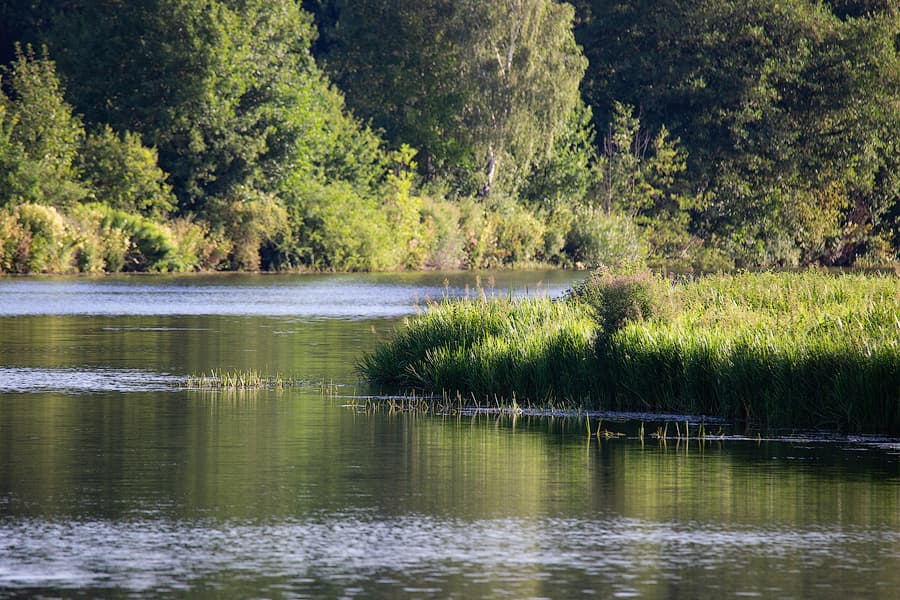
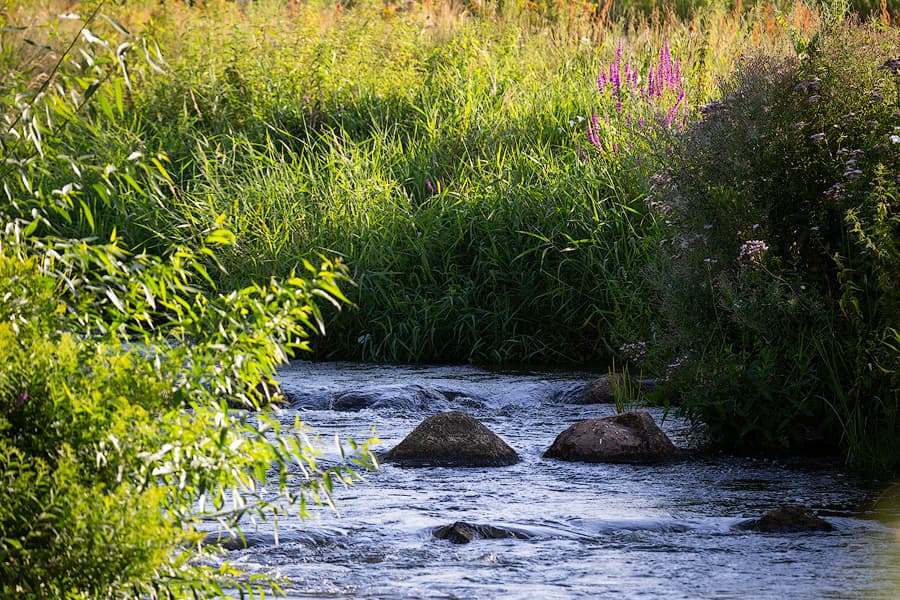
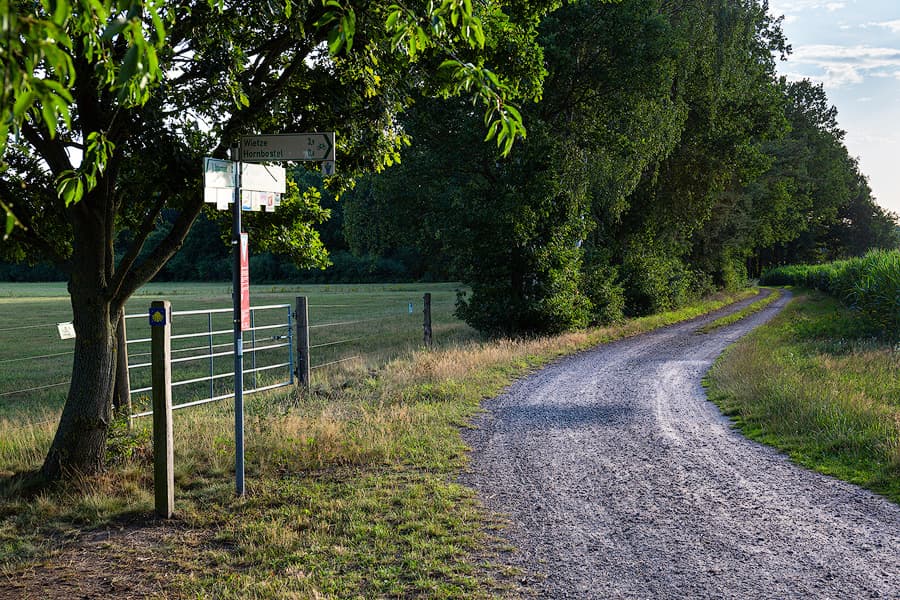
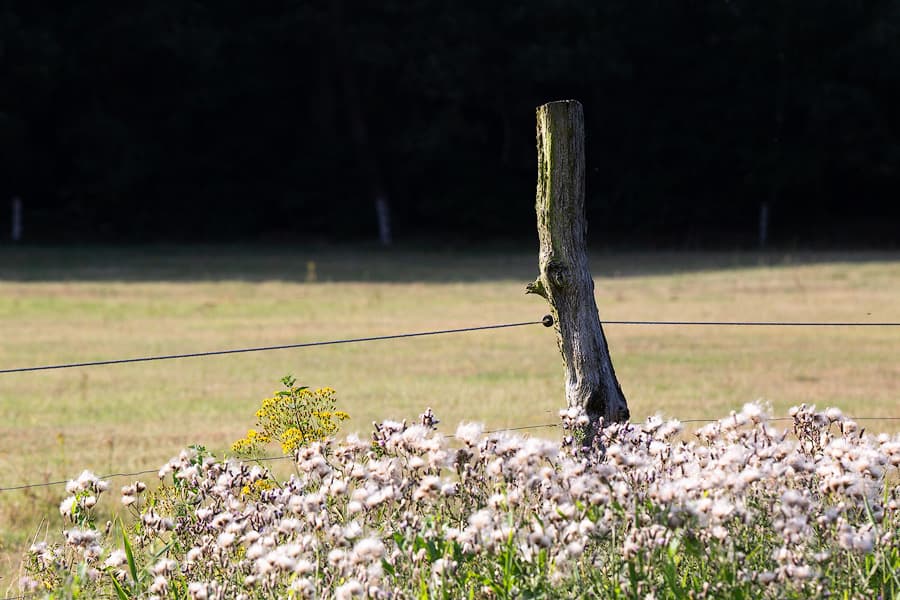
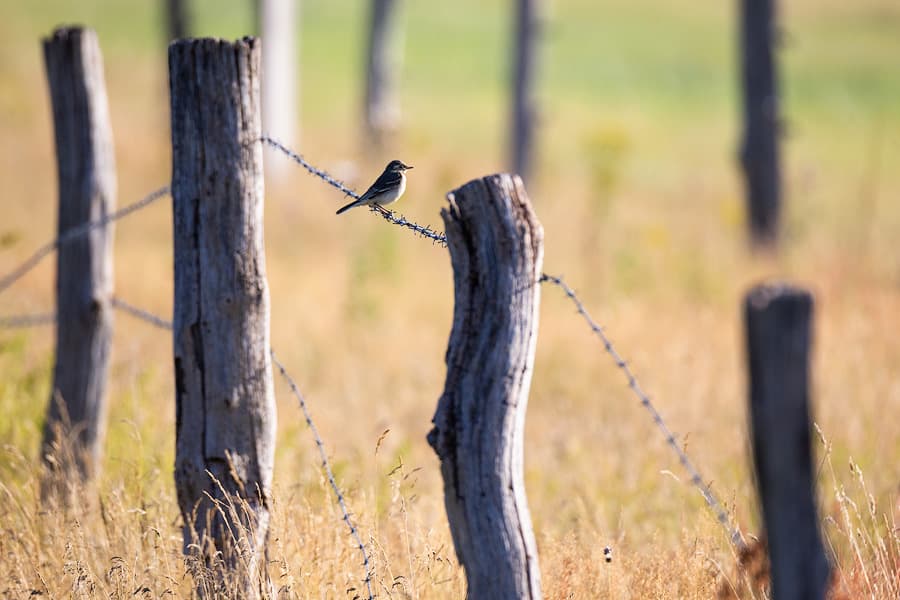
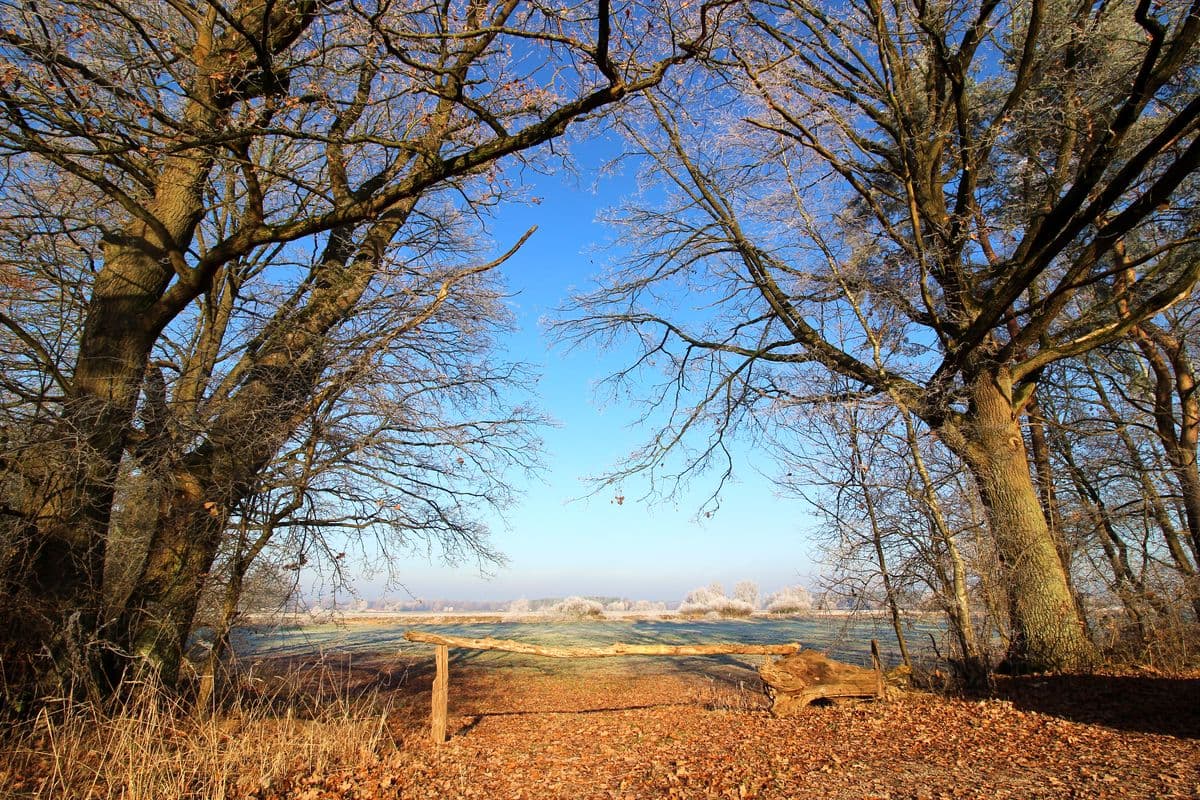
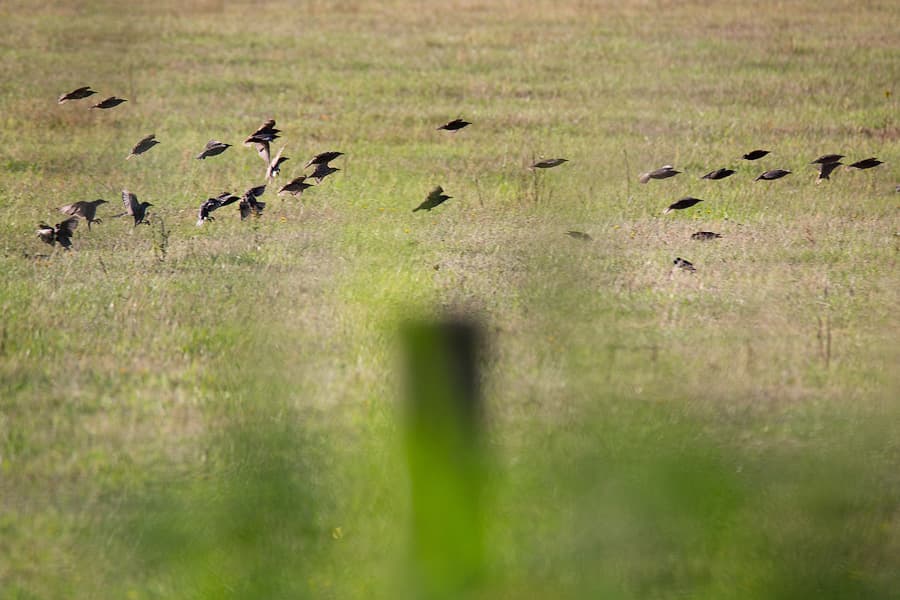
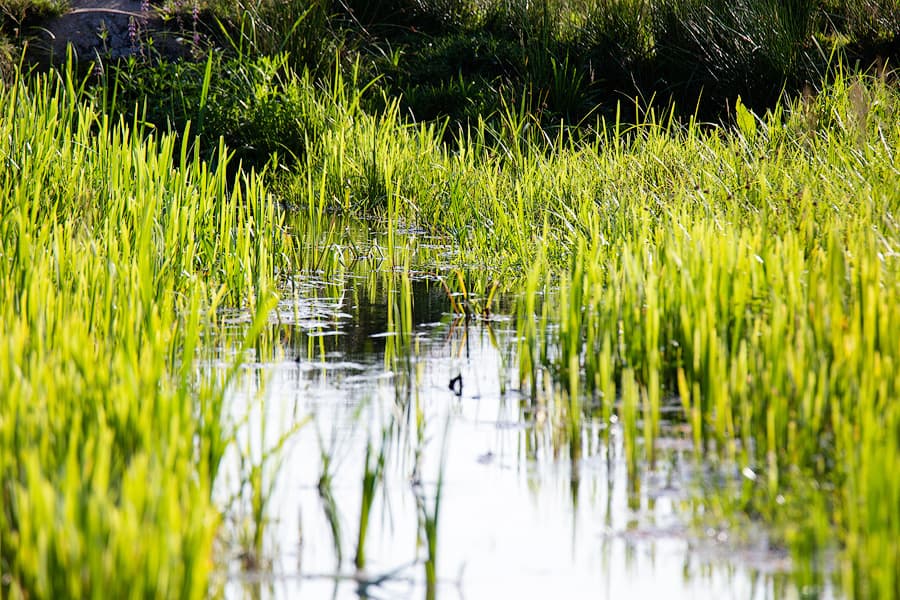
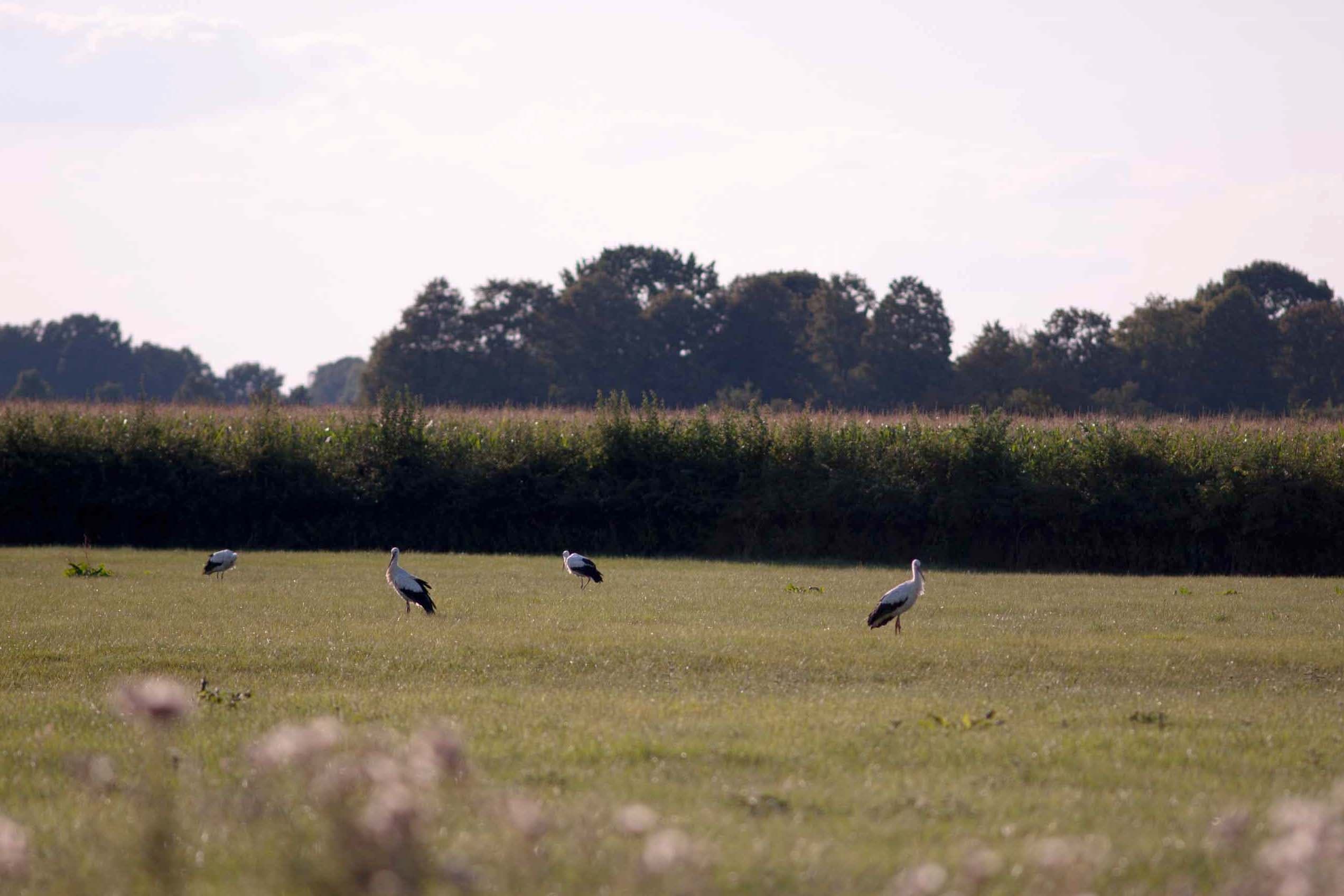
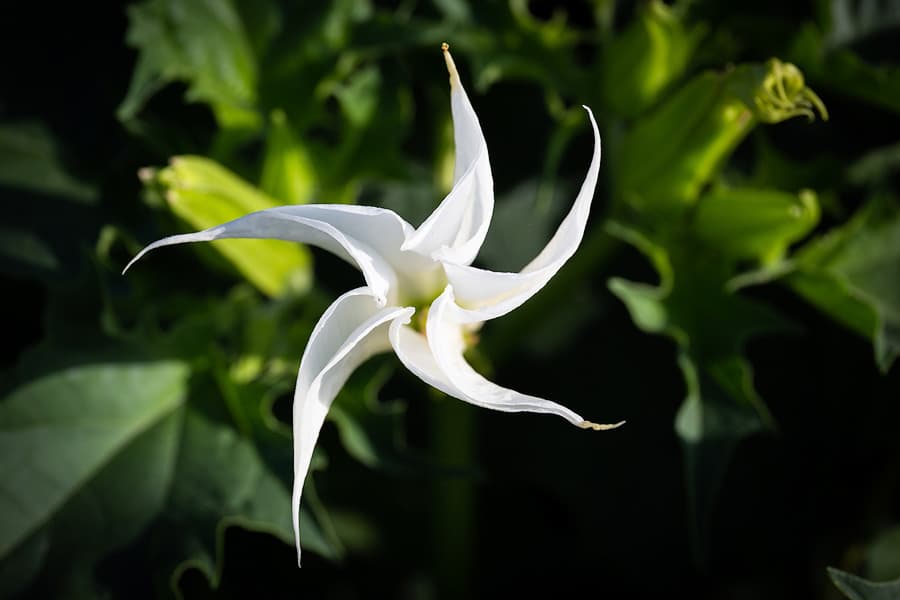
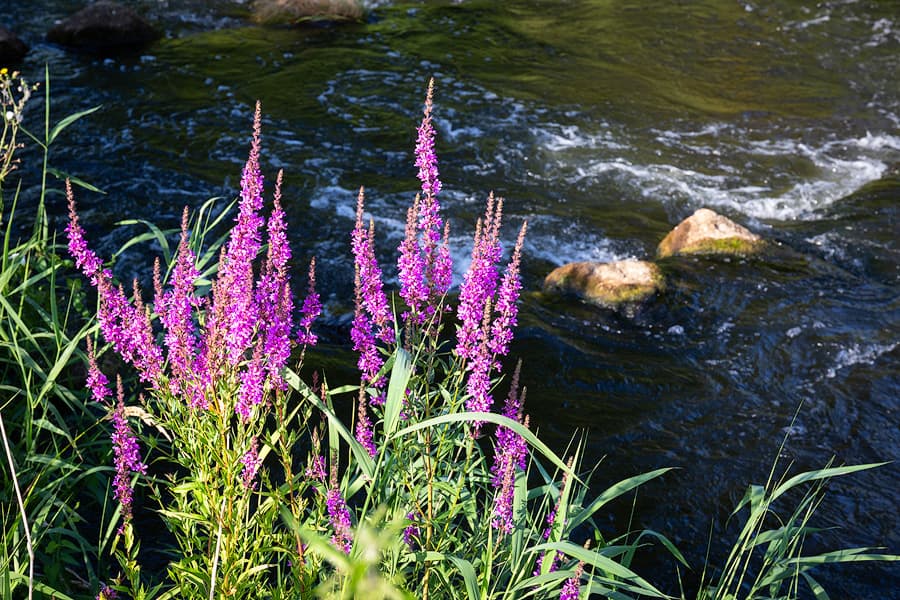
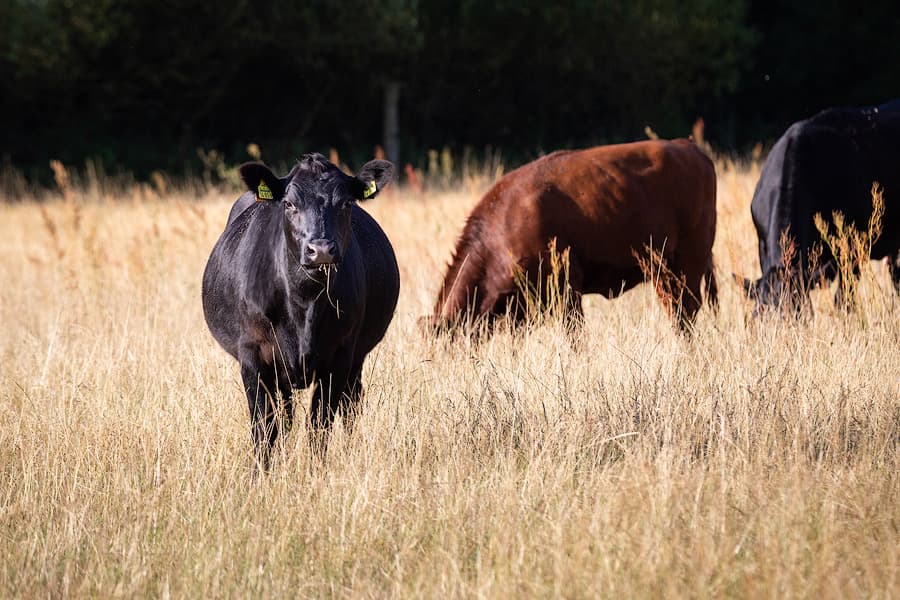
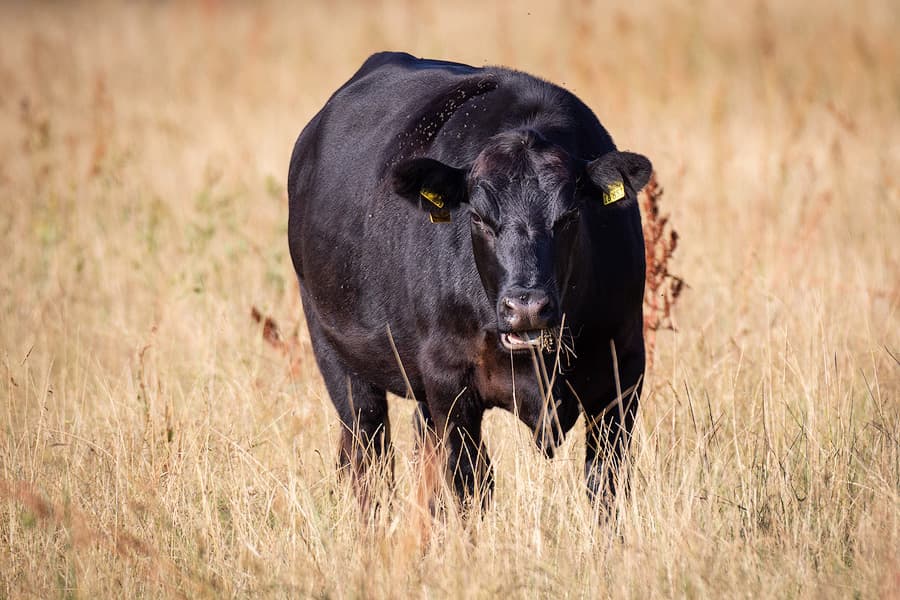
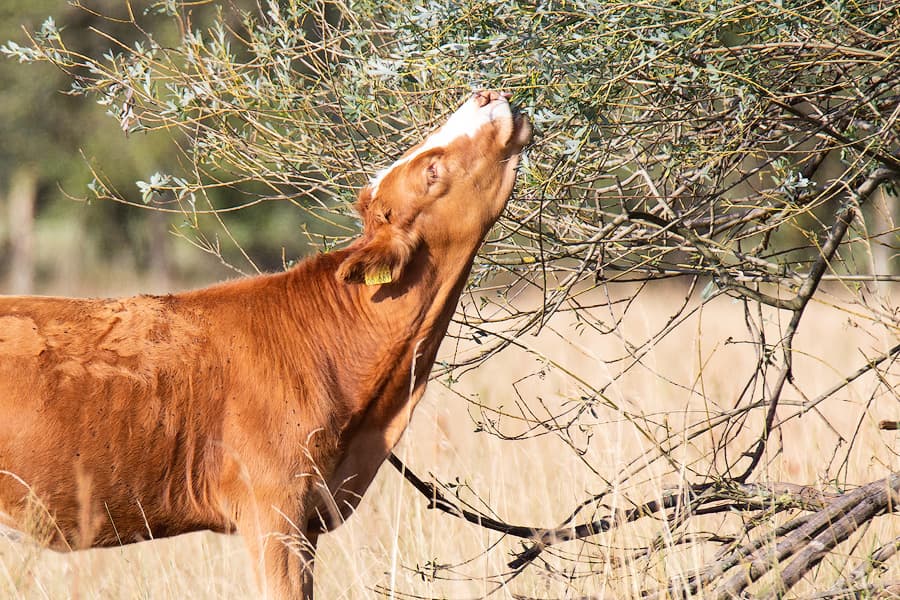
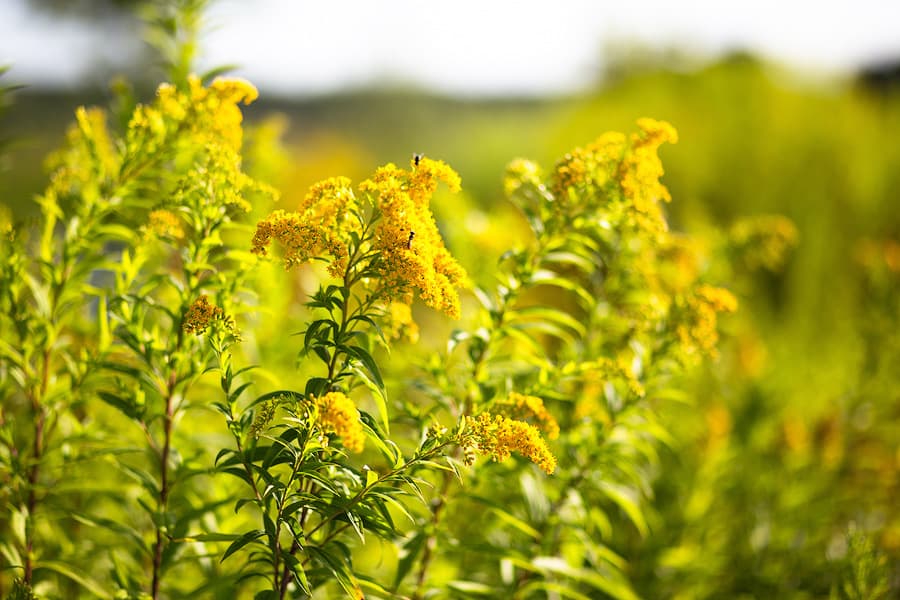
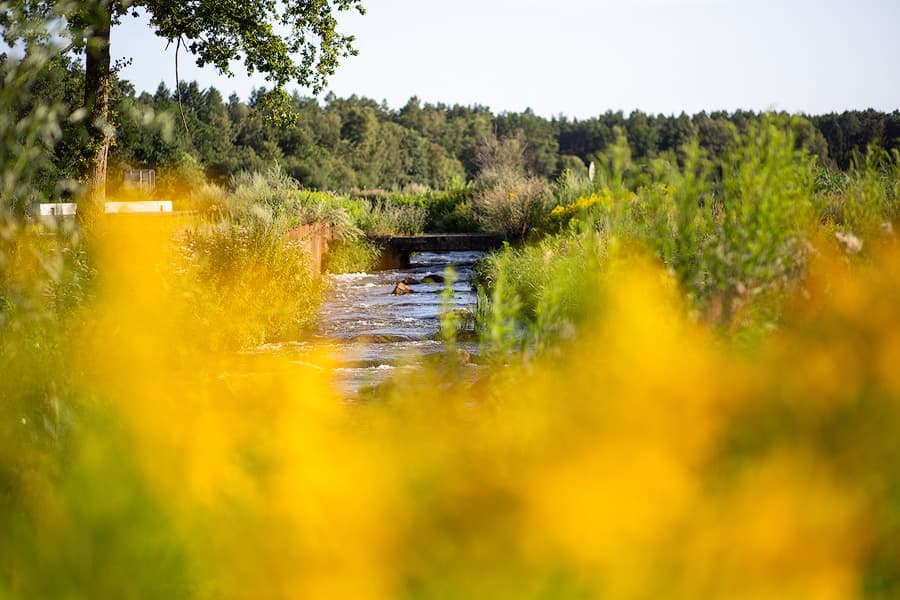
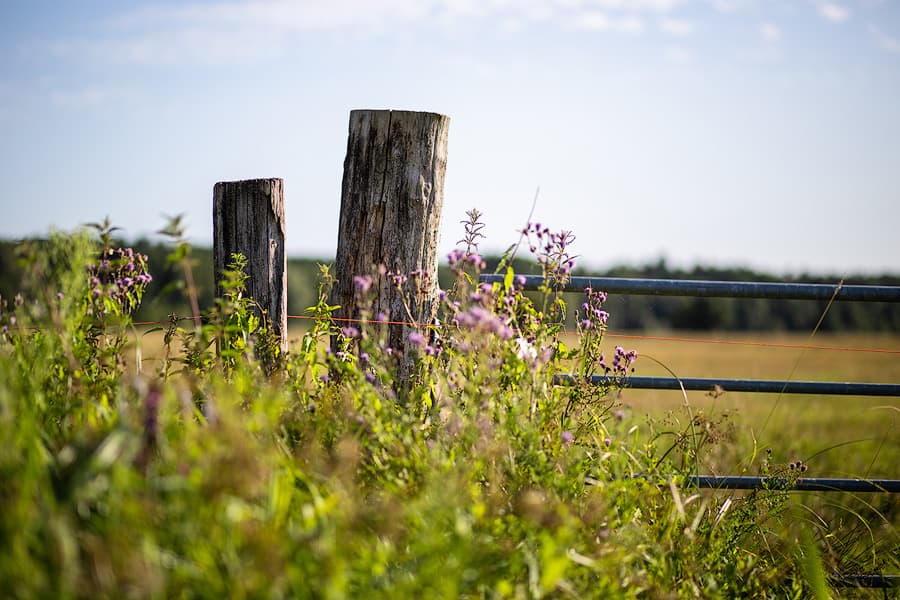
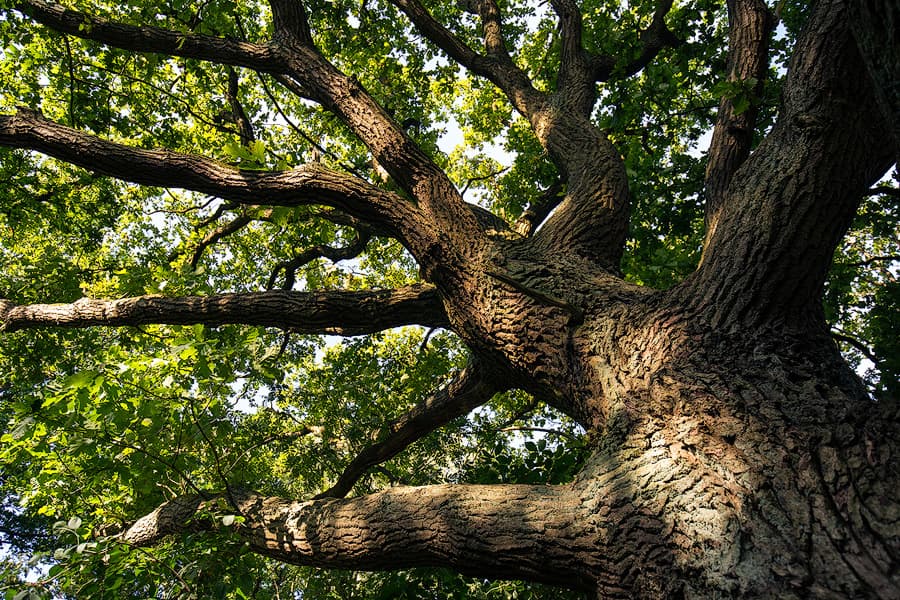
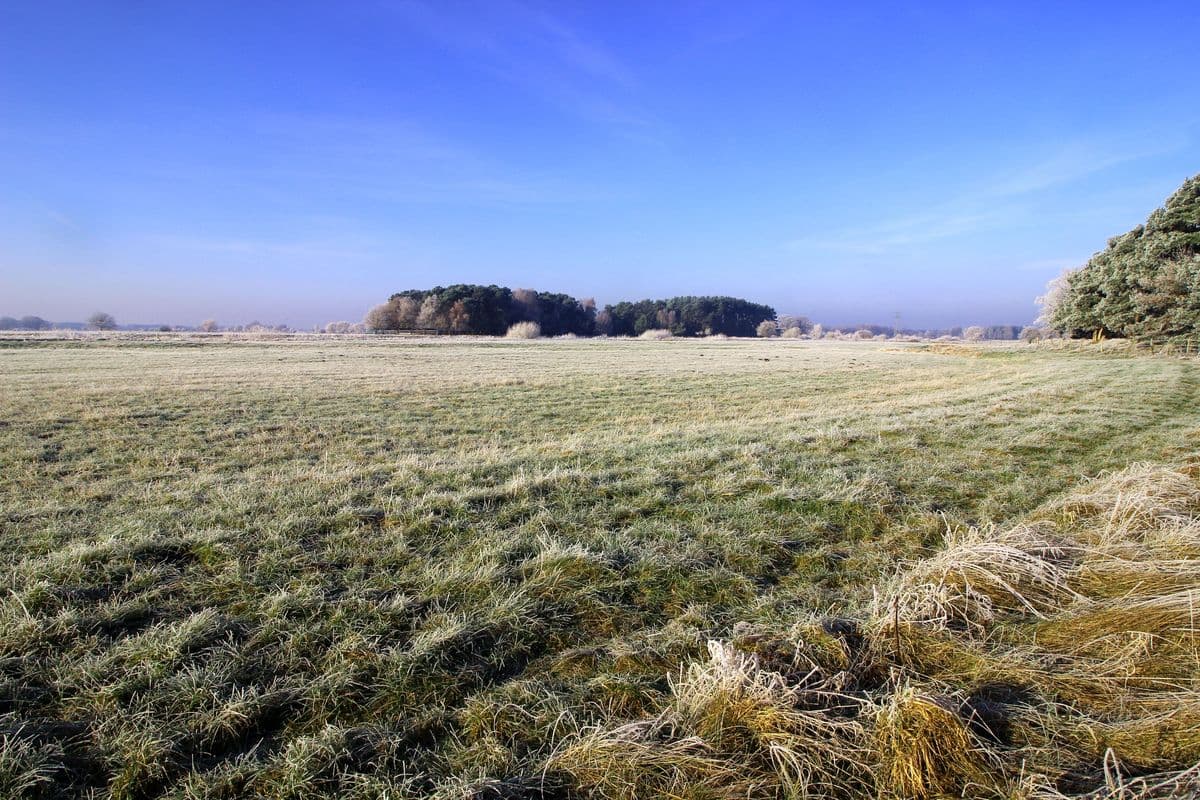
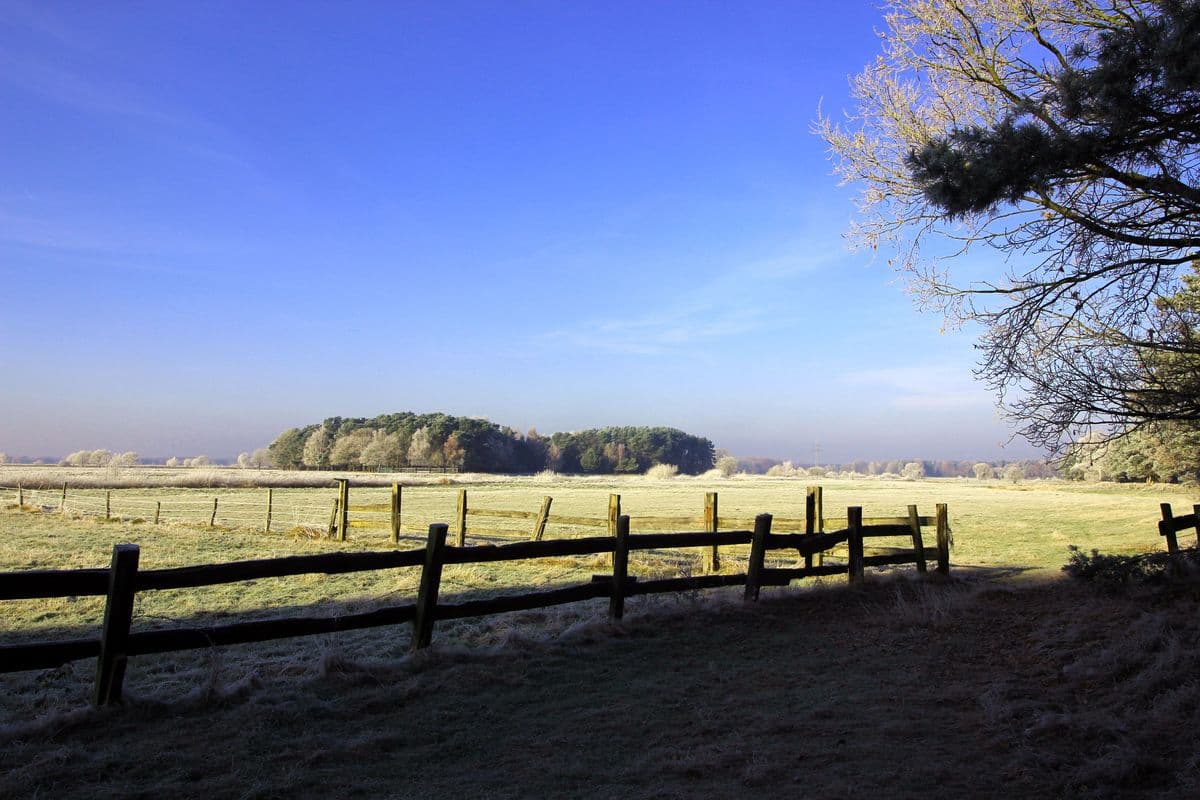
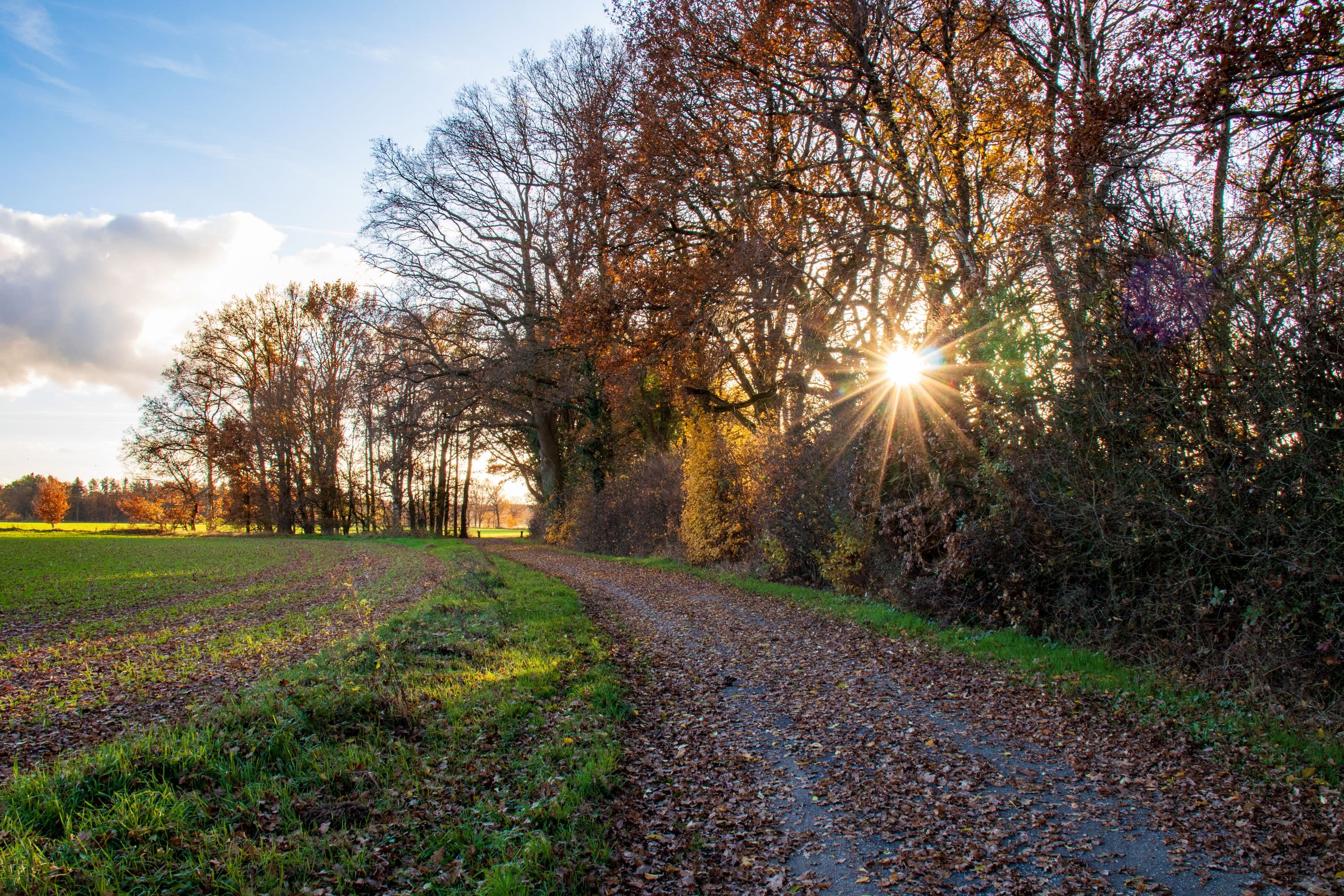
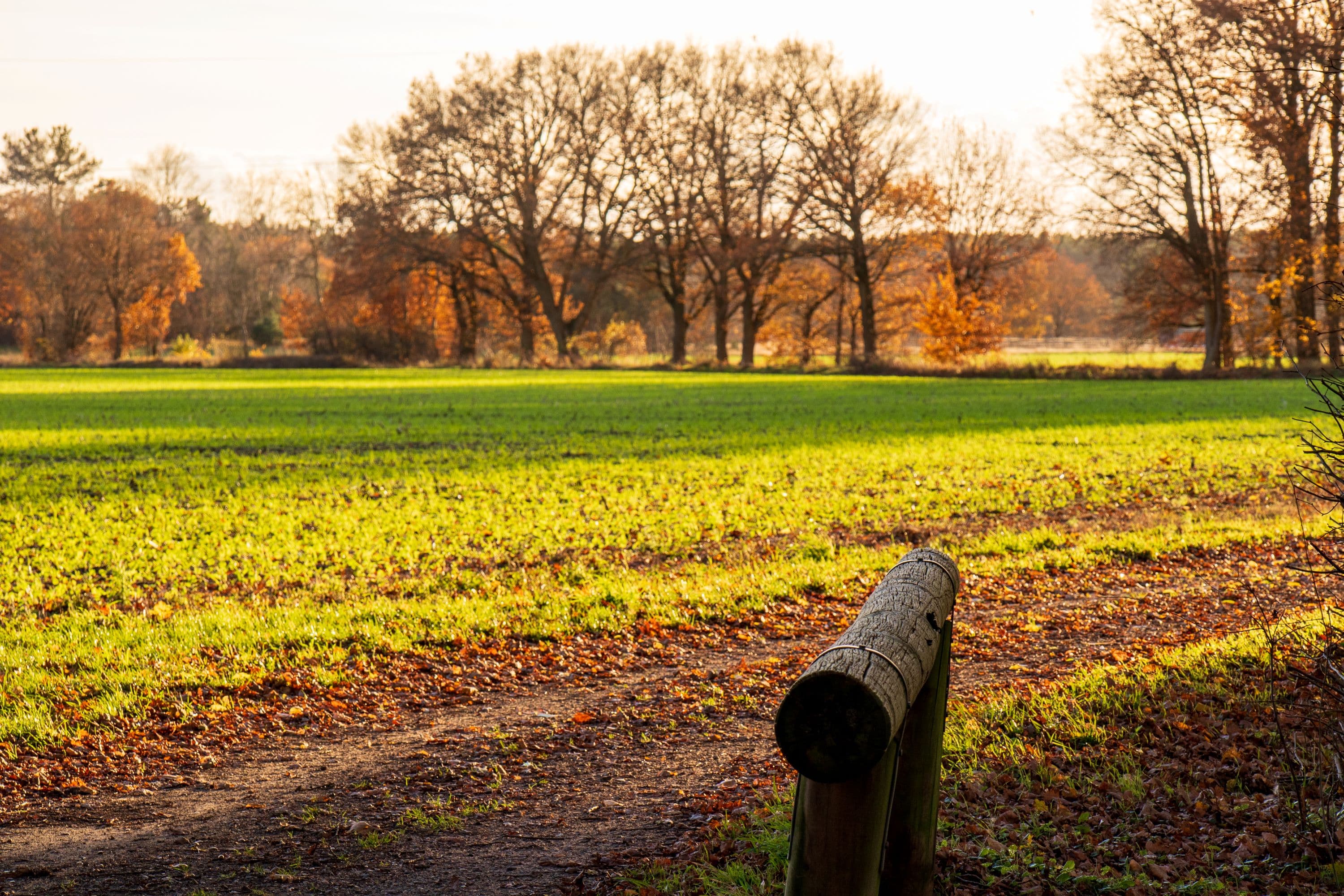
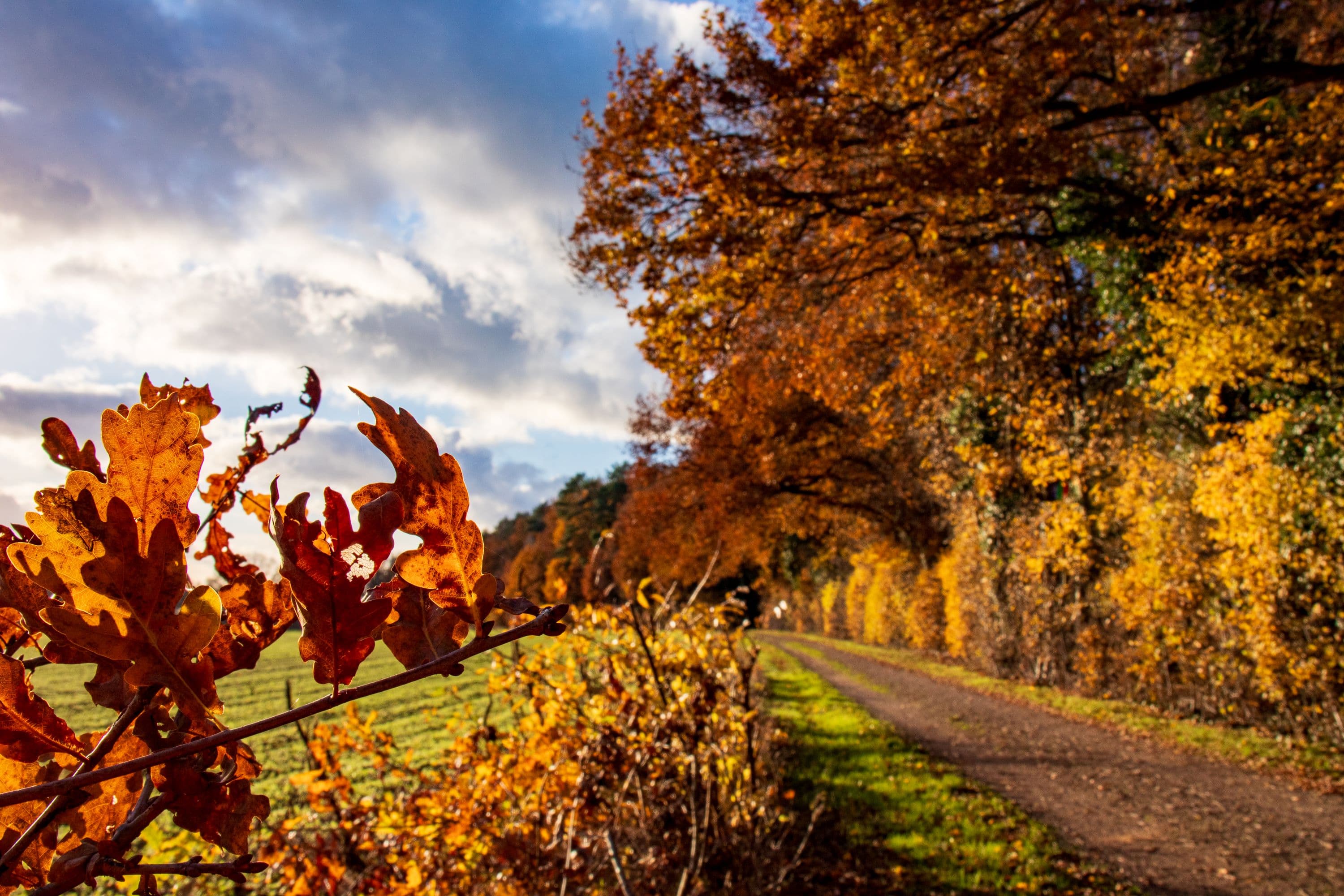
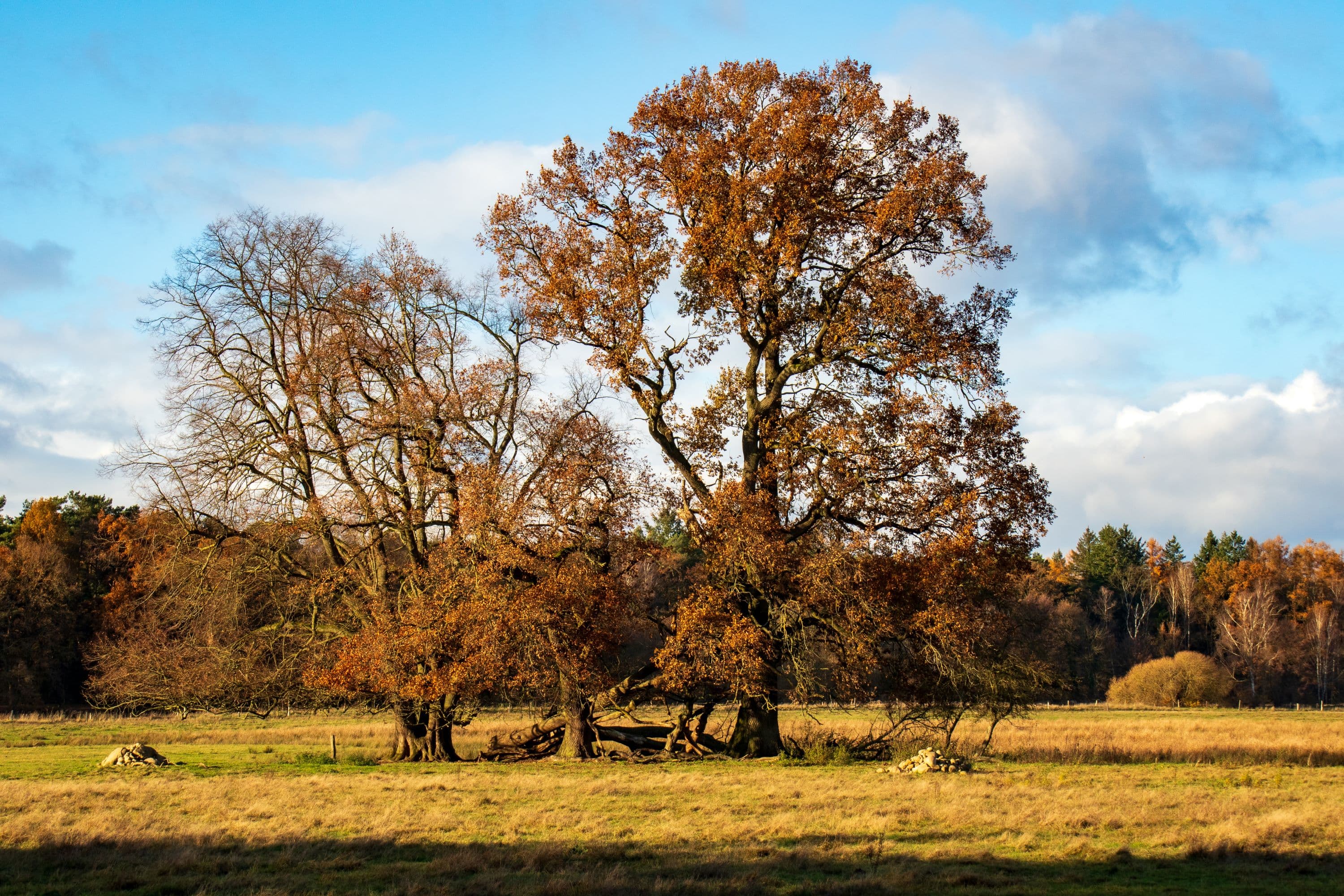
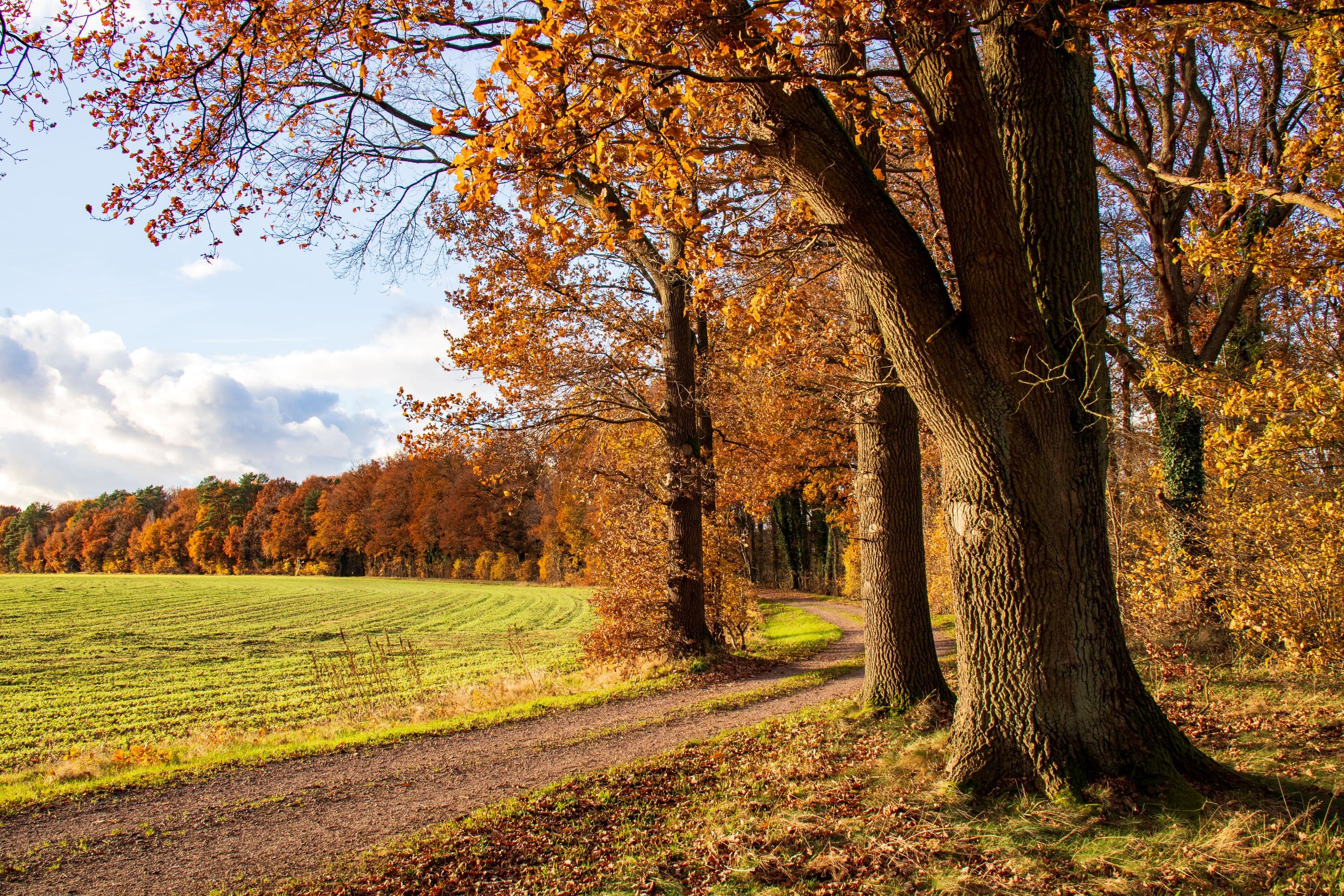
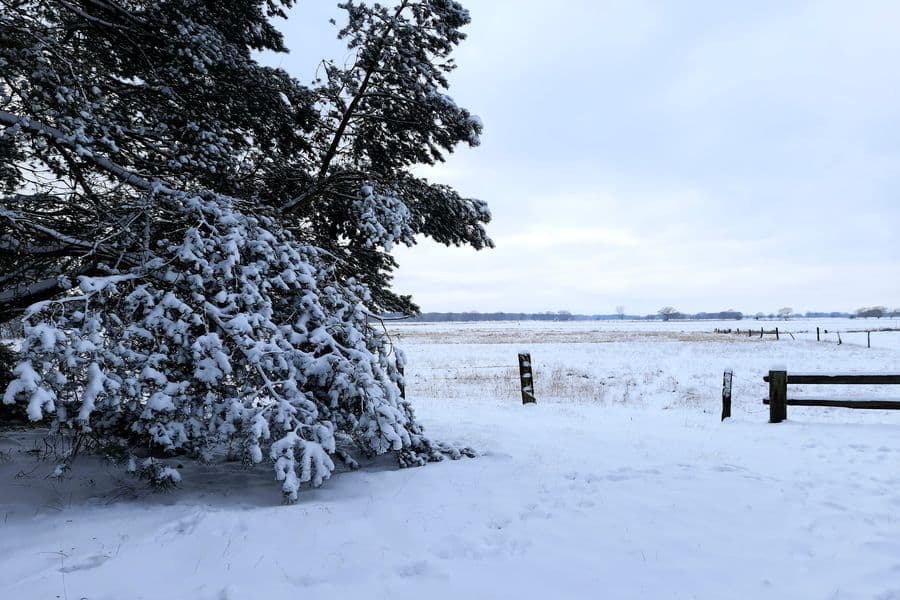
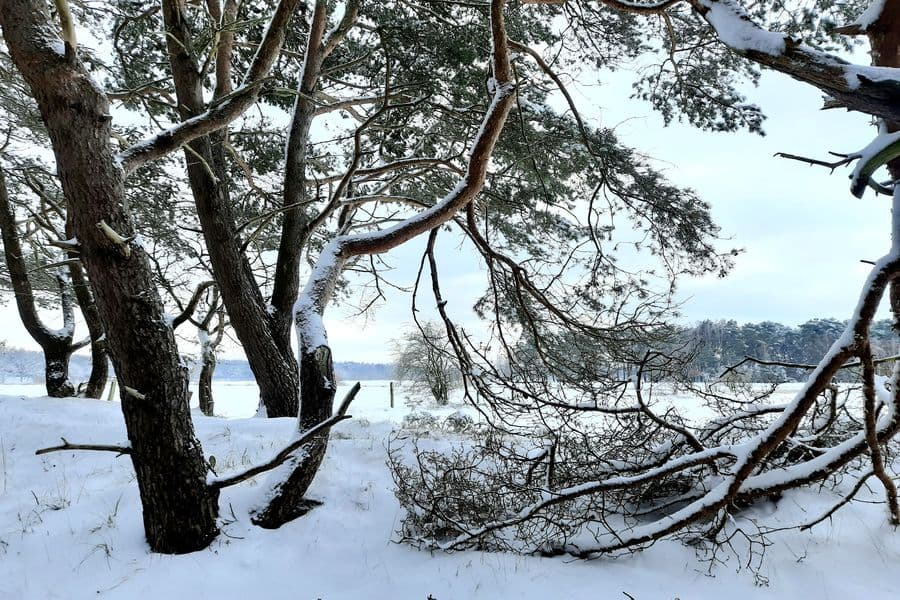
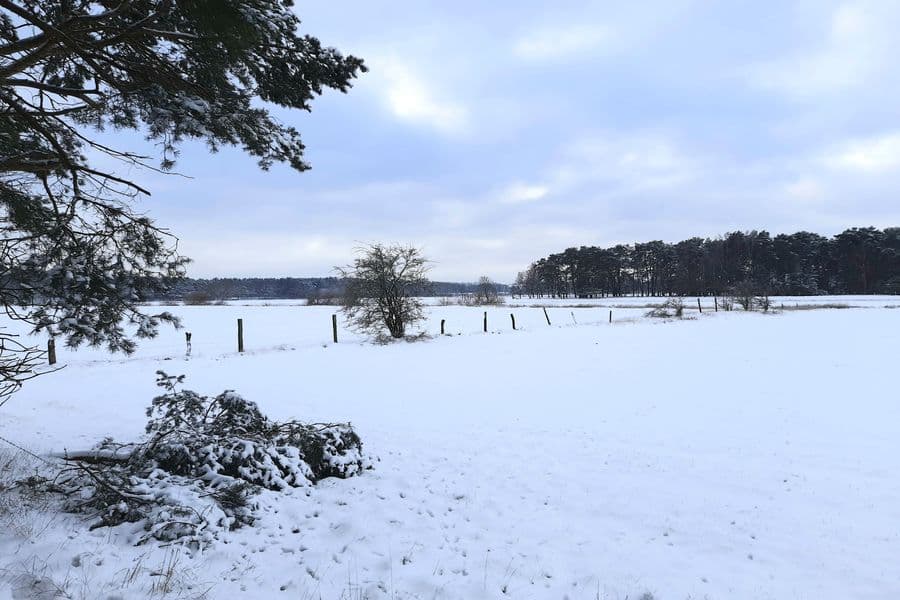
Auf engstem Raum existieren hier die verschiedensten Ökosysteme, die reichlich Platz für seltene und geschützte Tier- und Pflanzenarten bieten. Eine Herde Rotbunter Rinder gibt Einblick in ein Stück Beweidungsgeschichte. In den Lüften zieht der Rote Milan seine Kreise.
Natur erleben in der Südheide
Mit der Hutweide, auf der die Dorfbewohner Jahrhunderte lang ihr Vieh hüteten, besitzt Hornbostel an der Aller ein besondereres "Naturreich". Die zauberhafte Parklandschaft mit stattlichen Alteichen im Auengrünland und grünen Wäldern, ist heute Heimat von Rotbunten Rindern, Rotem Milan, Weißstorch und Edellibellen, Wilden Stiefmütterchen und Schwanenblumen.
Das vom Land Niedersachsen und der EU finanzierte Beweidungsprojekt auf 75 Hektar unterstützt Bemühungen aus der Region, die ökologisch wertvolle Hutweide zu erhalten. Die neue Wildnis lädt außerdem zum spannenden Naturerlebnis ein.
Nicht nur als idyllisches Ausflugsgebiet und aus Gründen des Arten- und Biotopschutzes wurde die letzte typische Hutelandschaft im Landkreis Celle erhalten. Auch aus heimatkundlicher und kulturhistorischer Sicht ist das Weidegebiet in der Allerniederung ebenfalls von besonderer Bedeutung.
Warum ist die Artenvielfalt der Hutweide bedroht?
Im Dorf Hornbostel existiert nur noch ein intensiv wirtschaftender Milchviehbetrieb, der die Hutweide in traditioneller Form nicht mehr beweiden lassen kann. Wo aber die Beweidung eingestellt wurde
- verschwinden seltene Tier- und Pflanzenarten (z.B. der Weißstorch)
- weichen Wacholderheiden der Konkurrenz anderer Gehölze
- breiten sich standortfremde Pflanzen aus
Wie wird die Hutweide geschützt?
Große Teile der Allerniederung und damit die Hornbosteler Hutweide tragen heute das Prädikat "Natura 2000"-Gebiet nach der europäischen Fauna-Flora-Habitat-(FFH) Richtlinie. Besonderer Formen von Eichenwäldern und die Wachholderbestände gelten als europäisches Naturerbe, ebenso Arten wie Fischotter und Weißstorch. Seit 2004 sind 176 Hektar der Hutweide als Naturschutzgebiet ausgewiesen. Das Beweidungsprojekt ist der konsequente Schritt, um den dauerhaften Schutz der Hutweide und ein einmaliges Naturerlebnis zu erreichen.
Eine der schönsten Edel-Libellen Europas, die Grüne Mosaikjungfer ist hier zuhause. Die vom Aussterben bedrohte Art kann hier von Mitte Juli bis September besonders gegen Abend beim Jagen beobachtet werden.
Das im Dorf Hornbostel jährlich brütende Weißstorchenpaar findet die Nahrung für seinen Nachwuchs auf den angrenzenden Hutweiden. Das Nest auf der "Heidebäckerei" am Helene-Segelke-Platz war in den letzten Jahren regelmässig besetzt. In den zahlreichen Storchennestern im Aller-Leine-Tal kehren die ersten Störche nach dem Winter in manchen Jahren schon ab Februar/März zurück. Reges Storchengeschehen ist am besten in den Monaten April - Juli zu beobachten.
Rotbunte Rinder pflegen die Hornbosteler Hutweide naturnah und kostengünstig. Robuste Weidetiere, die für den ganzjährigen Aussendienst besonders geeignet sind: Je nach Jahreszeit fressen sie Gras oder auch Blätter, Rinde und zart Zweige. Doch einige Gehölze wehren sich mit Dornen (z.B. die Schlehe) und schützen somit den Eichen-Nachwuchs. So bleibt die Hutelandschaft abwechslungsreich und offen.
Die Hornbosteler Hutweide erwandern:
Es gibt aktuell keinen beschilderten Rundwanderweg. Um das Naturschutzgebiet der Hornbosteler Hutweide dennoch zu erwandern, haben Sie folgende Möglichkeiten:
- Geführte Naturwanderungen finden zu ausgewählten Terminen (i.d.R. April - Oktober) statt, bei der Sie die Hutweide einmal komplett umrunden können. Ein Teil dieser geführten Touren führt dabei auf unbefestigten Pfaden direkt durch das Schutzgebiet, das sonst nicht betreten werden darf. (Bitte achten Sie auf die Ankündigungen in unserem Veranstaltungskalender)
- Vorschlag für eine unbeschilderte Rundwanderung (ca. 6km):
ab/bis Parkplatz Helene-Segelke-Platz im Wietzer Ortsteil Hornbostel: Dorfstraße-Schleusenweg-Bannetzer Schleuse-Aller-Radweg Richtung Osten - Schutzhütte/Rastplatz/Aussichtspunkt Hutweide - weiter Aller-Radweg durch Hutewald - Abzweig/Blaue Brücke(Sackgasse) zur Aller - weiter Aller-Radweg bis Waldrand - Abzweig rechts(Feldweg) - links auf Wendtchausee - links Dorfstraße folgen zurück zum Parkplatz.

